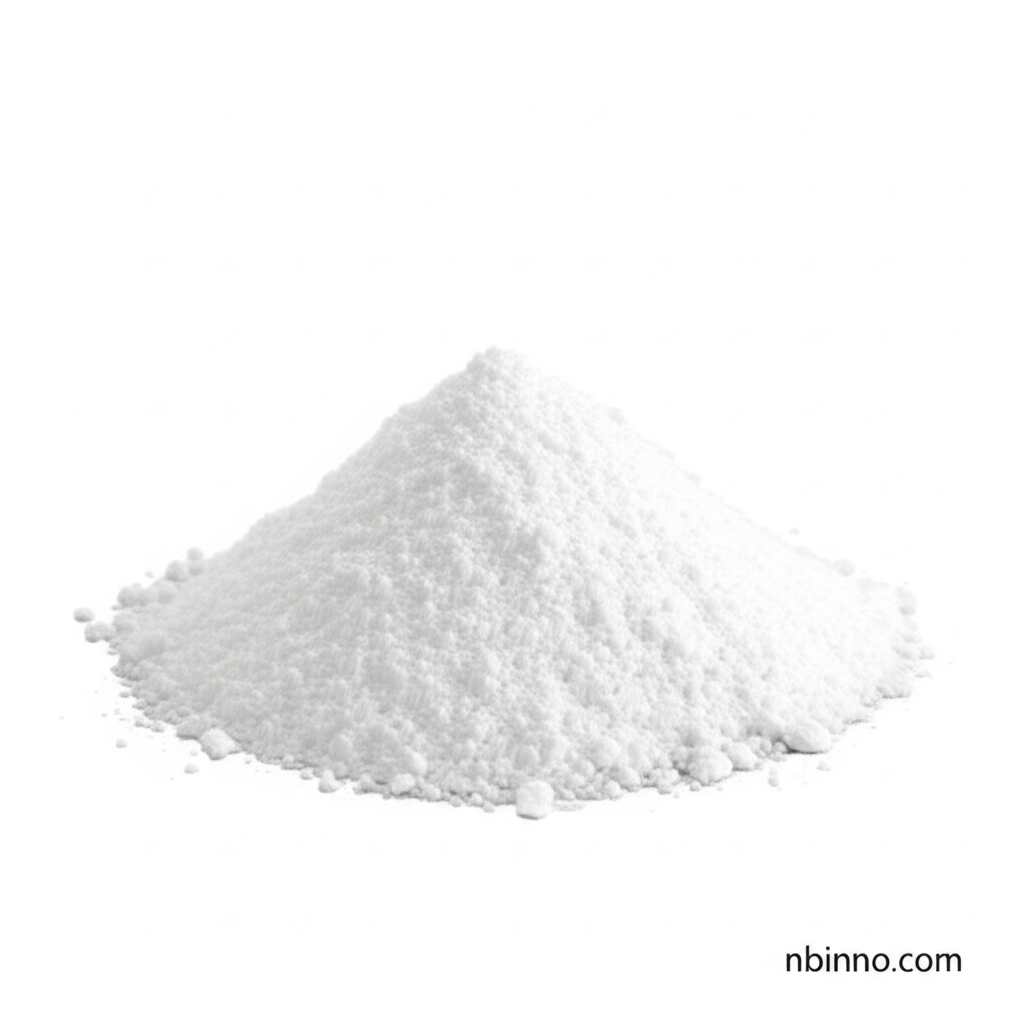Fmoc-N-Me-D-Ala-OH: Advancing Peptide Synthesis and Drug Discovery
Unlock new possibilities in peptide research with this critical N-methylated amino acid derivative.
Get a Quote & SampleProduct Core Value

Fmoc-N-Methyl-D-Alanine
Fmoc-N-Me-D-Ala-OH is a crucial N-methylated amino acid derivative that plays a significant role in modern peptide synthesis. Protected by the Fmoc group, this compound facilitates precise control over peptide chain elongation, crucial for building complex and functional peptides. Its N-methylation offers enhanced stability and solubility, which are highly desirable properties in various research and development applications within the life sciences sector.
- Peptide Synthesis Building Blocks: As a key building block, Fmoc-N-Me-D-Ala-OH enables researchers to construct specific peptide sequences with improved resistance to enzymatic degradation, contributing to enhanced therapeutic efficacy.
- Drug Discovery Intermediates: The unique structural features of Fmoc-N-methyl-D-alanine make it an invaluable intermediate in the drug discovery pipeline, aiding in the development of novel peptide-based therapeutics targeting a range of diseases.
- Enhanced Peptide Stability: The N-methylation of this amino acid derivative is known to significantly increase the stability of the resulting peptides, protecting them from proteases and prolonging their half-life in biological systems.
- N-methylated Amino Acid Derivatives: The demand for specialized N-methylated amino acids is growing, and Fmoc-N-Me-D-Ala-OH stands out for its quality and reliability in these advanced applications.
Key Advantages
Improved Peptide Properties
The incorporation of Fmoc-N-methyl-D-alanine into peptide chains can lead to enhanced conformational stability and increased resistance to proteolytic cleavage, vital for developing robust peptide drugs.
Streamlined Synthesis
As a Fmoc-protected amino acid, this compound integrates seamlessly into solid-phase peptide synthesis (SPPS) protocols, often simplifying reaction steps and improving overall yield.
Versatile Research Tool
Researchers leverage Fmoc-N-Me-D-Ala-OH in various life sciences disciplines, from creating novel biomaterials to exploring neurological pathways, highlighting its broad applicability.
Key Applications
Peptide Therapeutics Development
This amino acid derivative is instrumental in synthesizing peptide-based drugs, aiming for improved bioavailability and therapeutic outcomes in areas like oncology and metabolic disorders.
Biomaterial Science
In biomaterial research, Fmoc-N-methyl-D-alanine can be used to create peptides with specific self-assembly properties or enhanced biocompatibility for various medical devices and scaffolds.
Neuroscience Research
The compound aids in studying the role of N-methylated amino acids in neural signaling and neurotransmitter modulation, contributing to a deeper understanding of brain function.
Organic Synthesis
Beyond peptides, Fmoc-N-Me-D-Ala-OH serves as a versatile building block in general organic synthesis for creating chiral molecules and complex organic structures.
